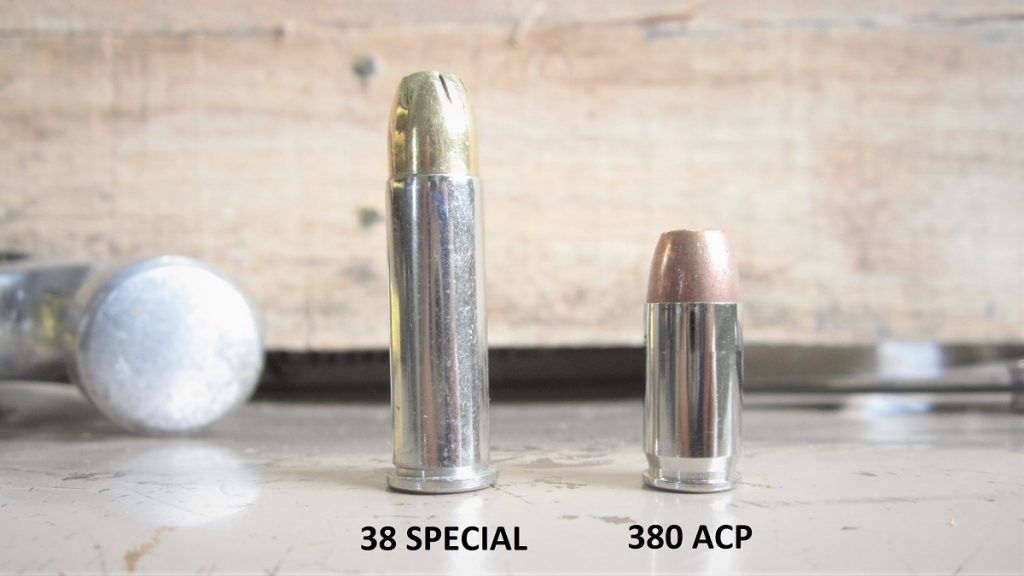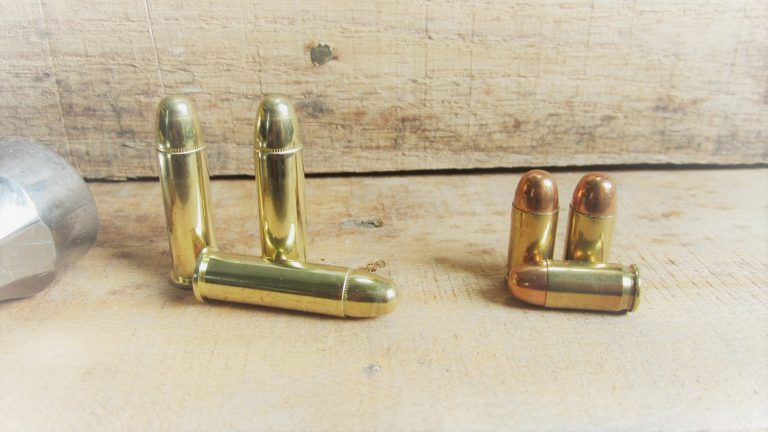Is 380 ACP the new 38 Special?
Recently, a number of articles appearing in magazines and blogs pertaining to firearms have been touting the 380 ACP as the “New 38 Special”

Recently, a number of articles appearing in magazines and blogs pertaining to firearms have been touting the 380 ACP as the “New 38 Special”. At first glance we found this amusing as the 380 ACP with its 17mm case length looks absolutely tiny next to a 38 Special round with its 39 mm case length. Add to that the fact that 380 ACP bullets generally tip the scales at 75 to 95 grains, while the larger 38 Special starts at 110 grains and goes as high as 158…
So where do these fellow firearm scribes get this notion? There are a number of factors at work here if you take a look at the history of both these cartridges.
History of the 38 S&W Special
The 38 Special (officially known as 38 Smith & Wesson Special) goes back to 1898 as a straight wall black powder cartridge which took a .357″ diameter bullet. The “38” Appellation refers to the diameter of the loaded case and to its parent cartridge the 38 Short Colt, which used a heeled bullet when fired in black powder conversion revolvers that had a 0.374″ to 0.375″ cylinder chamber.
In later years, the rounds were loaded with smokeless powder for greater velocity and energy. By the 1930s, the 38 Special was the standard for nearly all police departments in the United States and some branches of the US Military. Although the military would move away from the 38 in favor of the 45 ACP and the M1911A1, it held on in police service until the 1980s as departments moved on to semiautomatic 9mm pistols.
Because of the concealed carry movement that began sweeping the United States in the 1990s, most 38 Special revolvers were offered with sub 2″ barrels as a 5-shot concealed carry revolver.
History of the 380 ACP
John Moses Browning designed the 380 ACP in 1908 as a round dimensionally between two cartridges he had developed 3 years previous: 45 ACP and 25 ACP. Scaling rounds up and down was a common practice for Browning as he did the same when he designed 50 BMG by upsizing the dimensions of the 30-06 Springfield round.
The 380 ACP was originally designed for use in blowback pistols that used a fixed barrel. The low recoil of the round coupled with a fixed barrel made them accurate for the most part and in Europe, they remained popular in use with many police agencies well into the 1990s as a primary sidearm. Certain countries limited the purchases of military caliber rounds and often a full-sized 9mm pistol with a locked breech was offered for civilian sale re-chambered in 380 ACP in those instances.
In the United States, however, 380 ACP was a rare round for many years. The Gun Control Act of 1968 put limitations on the size and weight of pistols chambered in this caliber, so most imported pistols were closer in size to a pistol chambered in 9mm and the few that were available were further limited by the availability of ammunition.
As concealed carry reform swept the United States beginning in the 1990s, we saw the development of smaller locked breech pistols that could chamber the 380 ACP loaded to higher pressures, making it one of the more popular choices for a carry gun. Its main drawback was the subject of ammunition availability as most commercial loaders found it more expensive to manufacture when compared to the slightly larger 9mm round.
In the past decade, we have seen this change somewhat as well as a plethora of new bullet types that can maximize the potential of the round.
Comparisons
First of all, nobody is comparing a 2” pocket 380 to an 8 3/8” 38 Special revolver in this argument. Stripping down the hyperbole, we are comparing sub 3” 38 Special revolvers to sub 3” 380 ACP pistols.
While the 38 Special bullets tend to be heavier, the muzzle velocity and muzzle energy are fairly close in most regards. Of course the 38 Special will retain more energy at greater distances because of this weight, but we are talking about concealed carry usage and for that purpose, close range is better.
The last two entries are ringers. FMJ (Full Metal Jacket) ammunition is often cheaper to shoot than defensive ammunition as is LRN (Lead Round Nose), however, this is the majority of what people shoot in training and often what they use when trying to determine the felt recoil of their chosen handgun.

For this reason, it is important to train with the ammunition that you wish to carry for personal defense. Maybe not every last round you shoot at the range, but as often as you can afford it.
While not identical in power levels, but certainly closer than we would have thought over a decade ago, it is plain to see why the 380 ACP has come up in the world of defensive shooting and the numbers of 380 ACP handguns sold over the past decade easily outpace the rate of snub-nosed 38 Specials.
The real choices in this comparison should come down to “revolver vs. pistol” or “5 shots vs. 7”. For some, it may be which is more comfortable to carry or operate. For others, it may be which firearm is more affordable.
We are not out to disparage either round. I definitely do not want to be shot with either one and I enjoy shooting both and have at least five of each in my personal collection. We recognize both as worthy contenders in the choice for a concealed carry handgun.
After that, it is simply personal preference.
